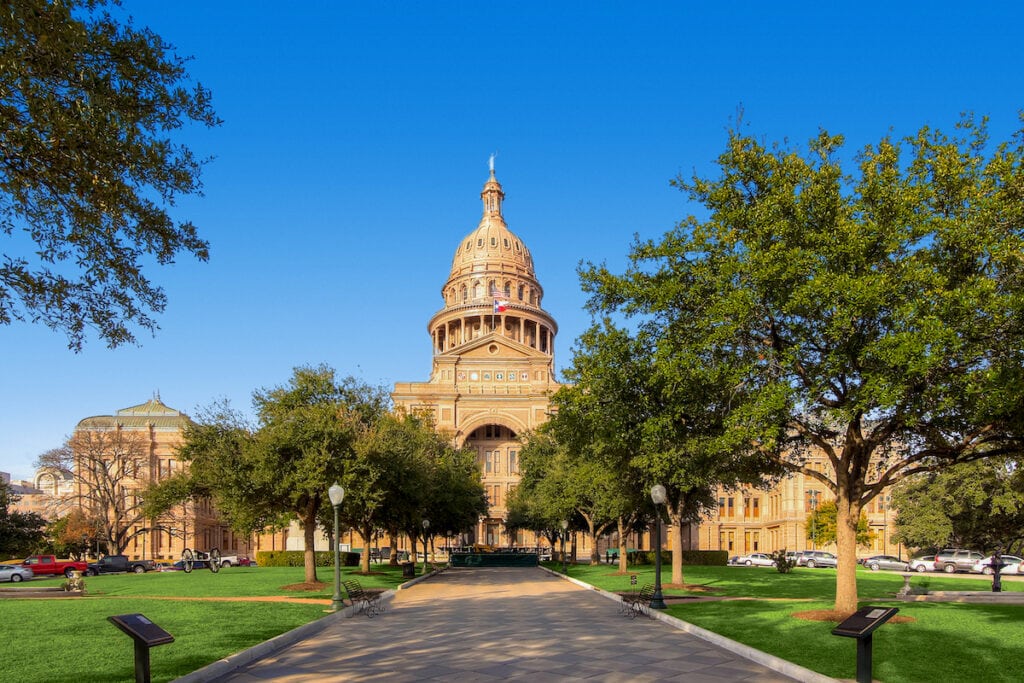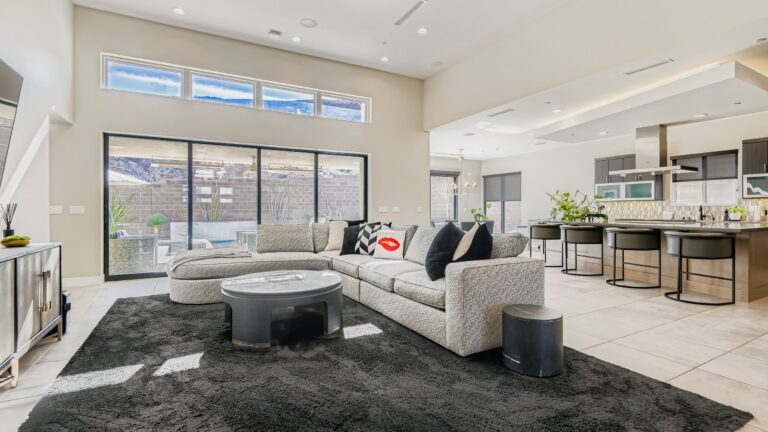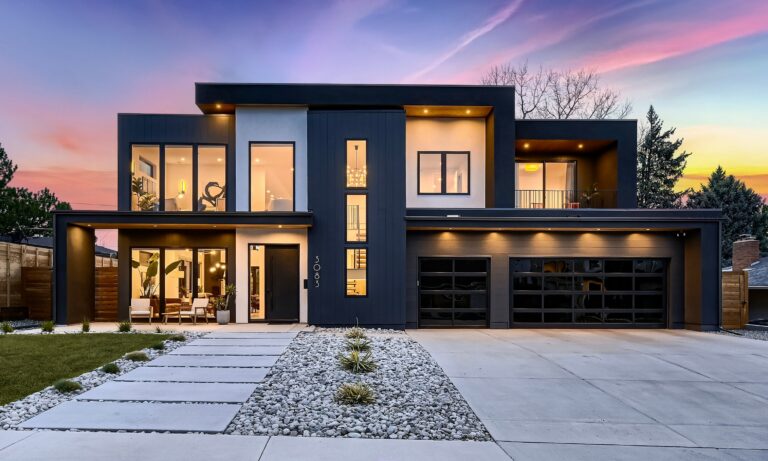Austin’s housing and real estate sectors continue a boom that began during winter 2020. This has made for a red hot market. High demand for housing results in a dwindling supply of homes. Additionally, the supply has since struggled to keep pace with the demand. Throughout the first half of 2021, the housing market in Austin remained one of the strongest in the United States. Austin experienced rapid economic growth in its technology industry from the relocation of several business giants, like Google and Tesla. As a result, Austin has seen a massive influx of jobs as well as the nickname “Silicon Hills.”
People who are moving to Austin en masse have created a rocketing population. Low mortgage rates have resulted in a seller’s market in the city and its surrounding areas.
Austin Real Estate Market Trends
Over the first half of 2021, Austin’s housing market continued a booming trend that began during the Covid pandemic. The city held its title as number one in population growth for the eighth year in a row. Also, there are no signs of faltering in the years to come.
- As is, about 150 people move to Austin every day. Since 2002, its city limits have expanded by nearly 50 square miles. As Google, Oracle, and Tesla move forward transitioning headquarters to Austin, people will only continue to seek homes for sale in the Austin-Round Rock metro area. The challenge with that, however, is likely to be the actual supply and housing inventory.
- As demand in the housing market rapidly outpaces supply, real estate agents find themselves in a field with rapidly fluctuating inventories. Across the Austin-Round Rock metro area throughout August of 2020, homes spent an average of 12 days on market. Meanwhile, recent months of inventory have dropped significantly.
- The migrating of big companies, coupled with record low mortgage rates, maintains a historically high housing demand. With the housing inventory so low, profits from selling homes and prices of renting have skyrocketed.
- Realtor.com lists the median home price in Austin, during July 2021, at $590,000. This represents a 25.5% upward trend year-over-year, while the median sales price per square foot was calculated at $304.
- Additionally, Zillow published data stating that, of the homes sold in Austin, over 5% sold for more than 30% above the listing price throughout the second quarter of 2021.
- Although prices of homes have climbed rapidly, sales have declined in all counties, according to the Austin Board of Realtors, largely due to the limited monthly housing inventory.
Travis County Trends
Travis county counts itself as the fifth-most populated county in Texas and boasts the state’s capital city, Austin, as its county seat.
- Throughout the county, residential homes exhibited a climb in median price of 34.4%, bumping the price to $551,000.
- Meanwhile new listings saw an increase of 2.1% while active listings dropped by 34.5%, pointing to rapid fluctuations as homes sold at record rates.
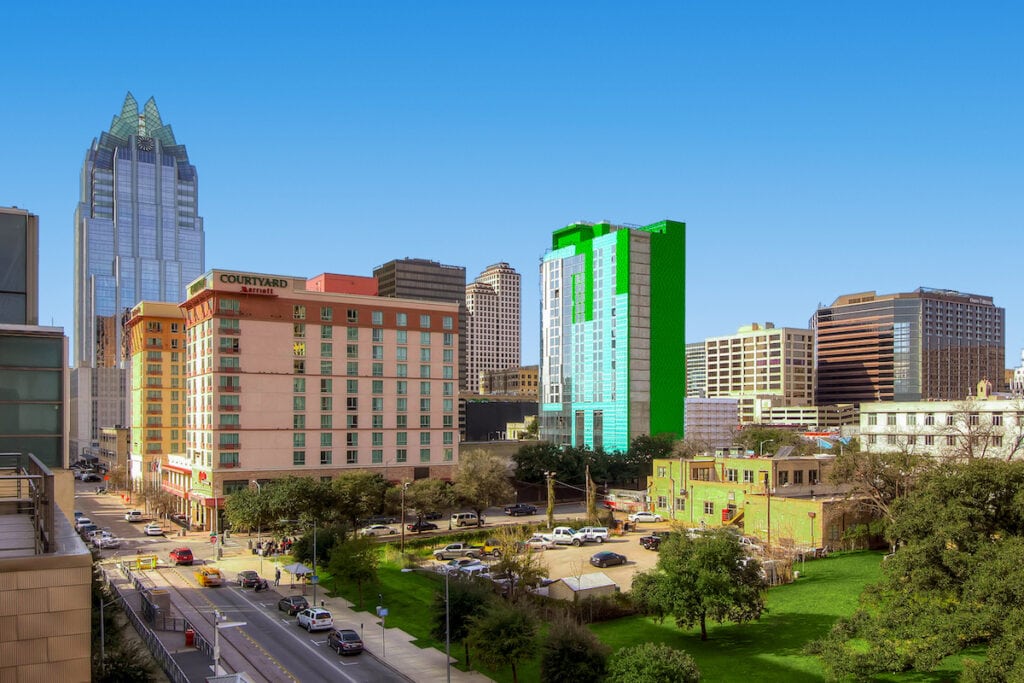
Hays County Trends
Hays County includes the city ranked as the most affordable within the Austin Metro area. With a median price of living that sits below the Texas average, San Marcos boasts affordable housing and renting opportunities near a competitive market.
- According to real estate marketing trends, the median price of homes within Hays County at large saw a near 27% increase.
- Similarly to Travis County, new listings saw an increase of near 7% while active listings dropped by 42% as demand for homes increased.
Rental Real Estate Thriving in Austin
Student populations within the Austin Metro area maintain a constant rental market. Rising property values and rent make cities like Round Rock, Pflugerville, and Cedar Park solid options for investors with an eye towards owning rental property. In terms of affordable homes for rent, neighborhoods like Windsor Hills, Heritage Hills, and University Hills boast some of the most affordable prices for rent.
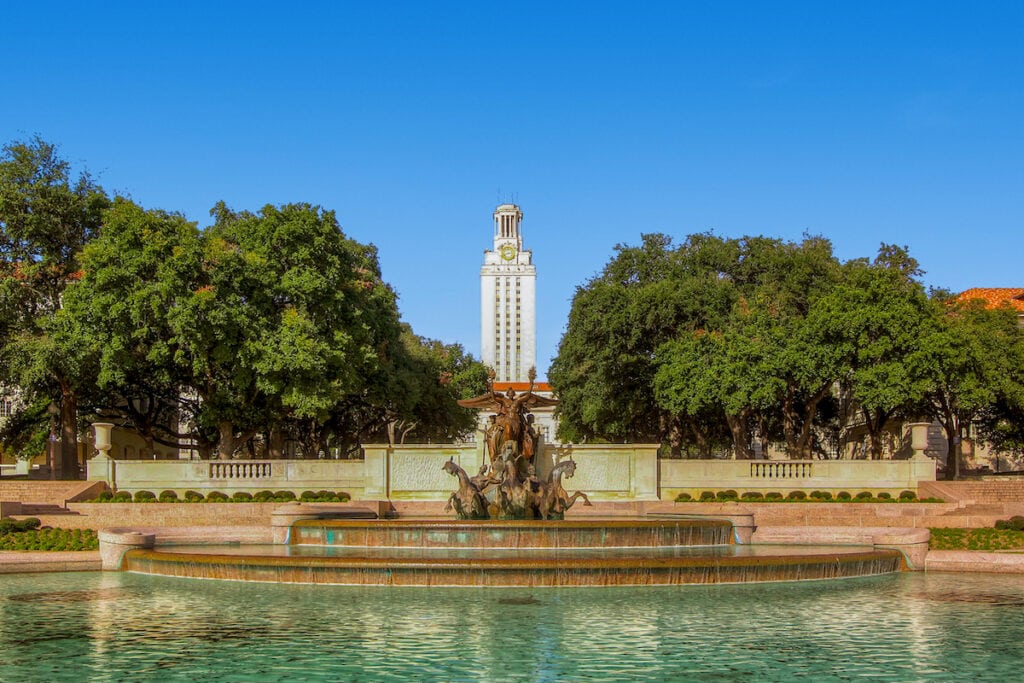
Will the Austin Real Estate Market Crash in 2022?
Although the boom created during the pandemic is unsustainable, the housing market is set to maintain its trend over the last few years as one of the country’s hottest markets. With several huge businesses bringing a massive influx of jobs to the city, as well as newly remote workers relocating from other states and cities, Austin’s population growth is not projected to slow at any significant rate any time soon.
What are Some Upcoming Real Estate Marketing Tips for the Austin Area?
Whether you are an individual trying to sell your home or a real estate agent with a few clients to keep track of, below are a few additional tips.
- Communicate well with clients and potential buyers about popular neighborhoods, including listings in an expensive neighborhood versus a more affordable neighborhood.
- Invest in quality real estate photography and 3D virtual tours for your listing(s).
- Pursue all potential leads.
- Keep the property clean and tidy for showings.
- Don’t forget to maintain a flawless website and update your social media platforms regularly.
- Hire quality contractors to perform any required repairs before listing.

